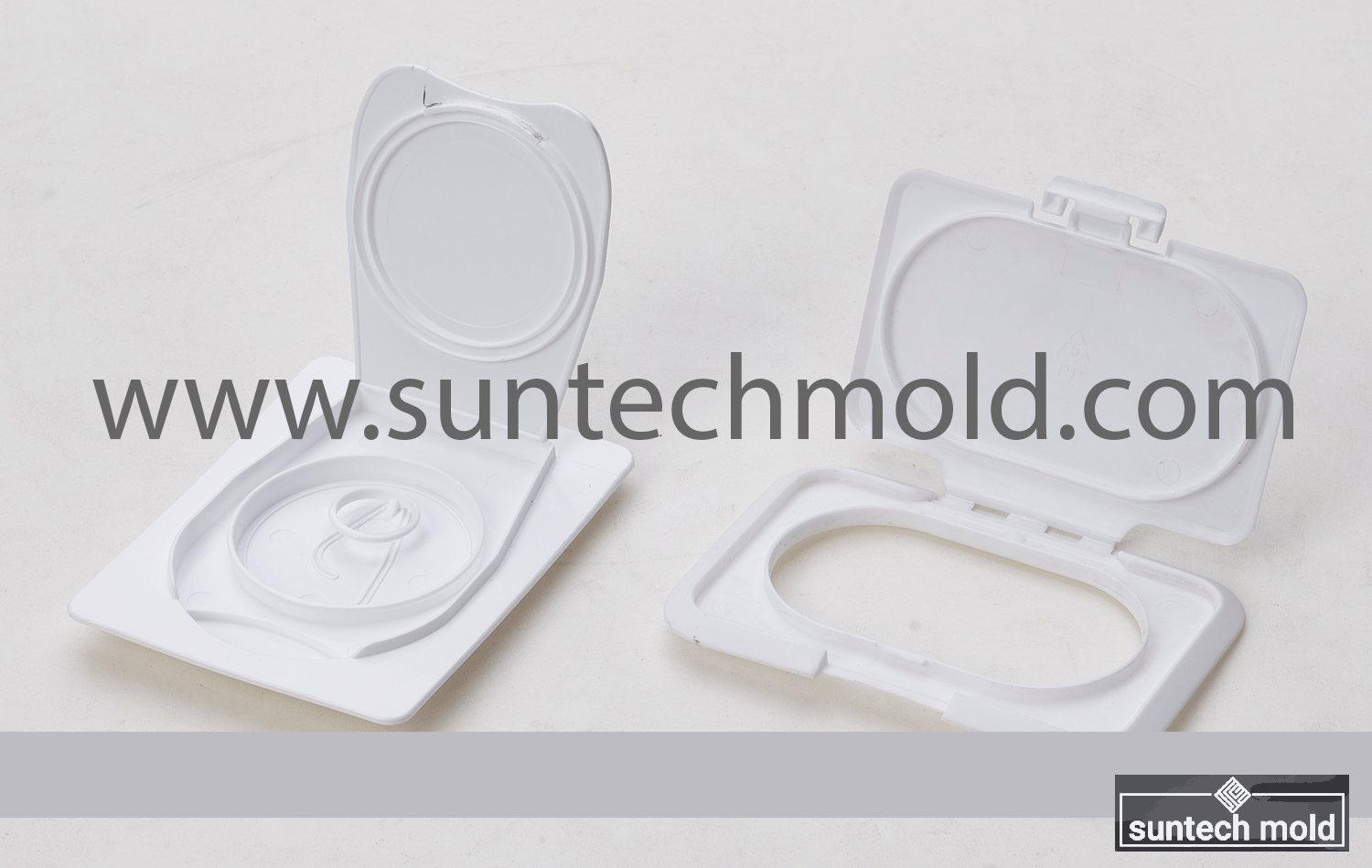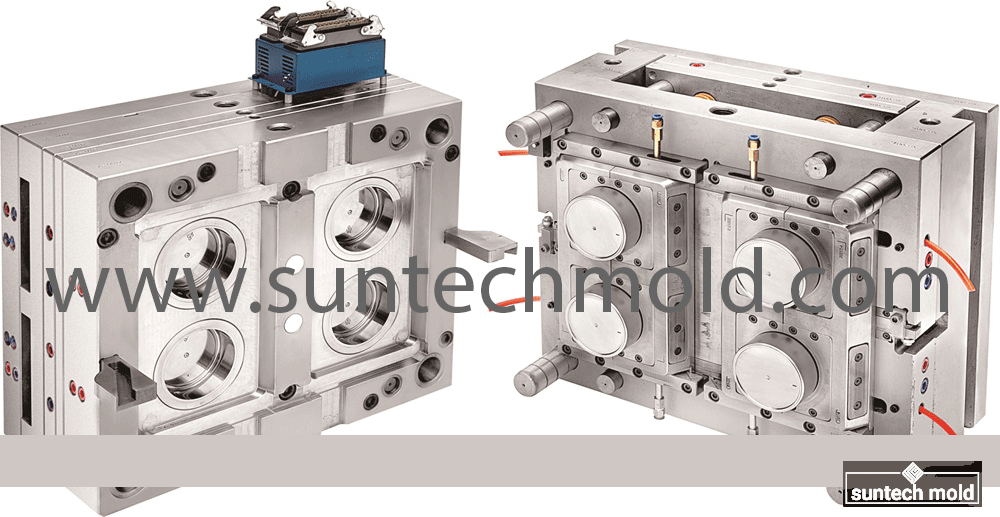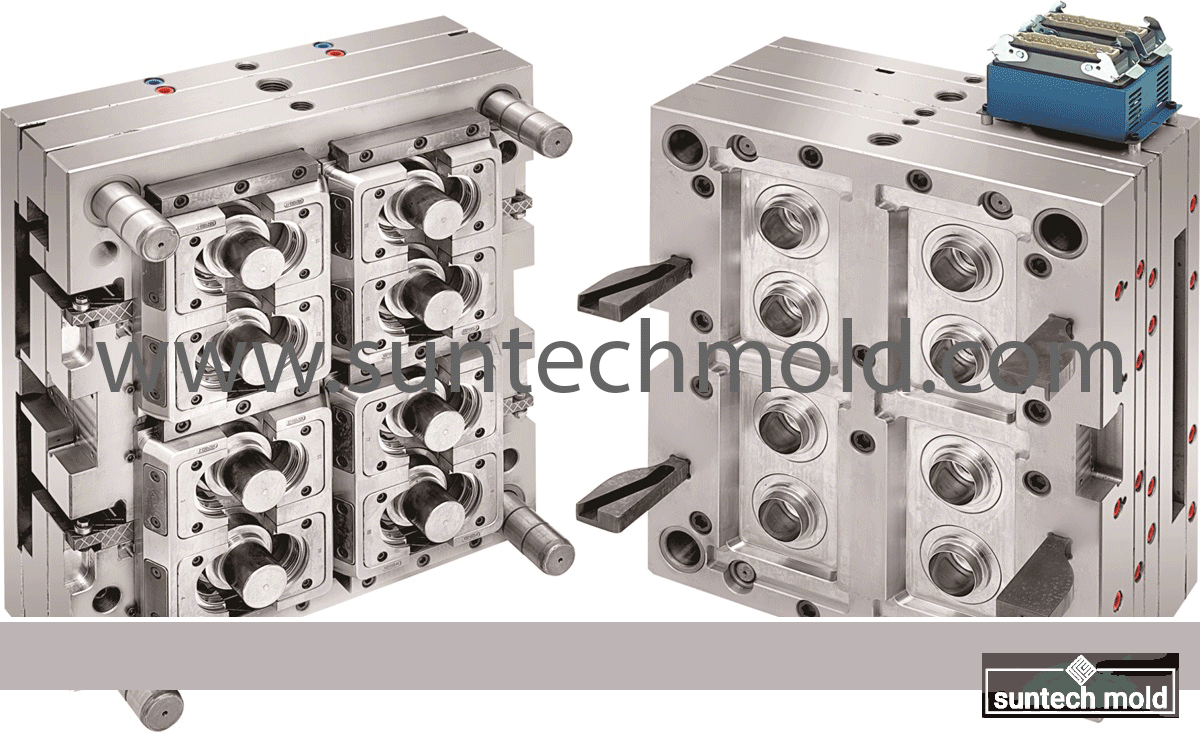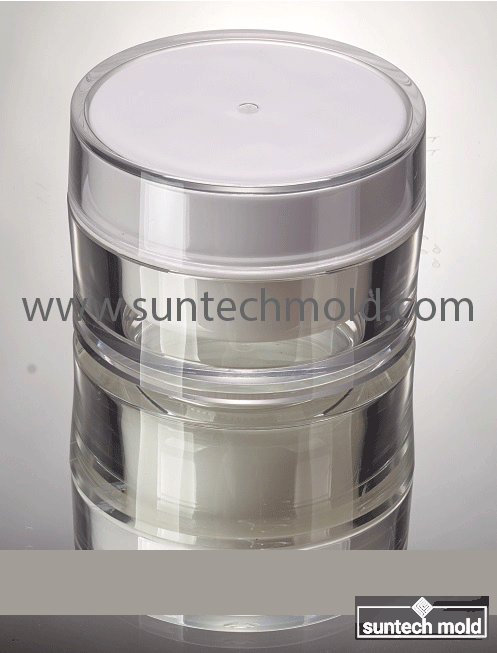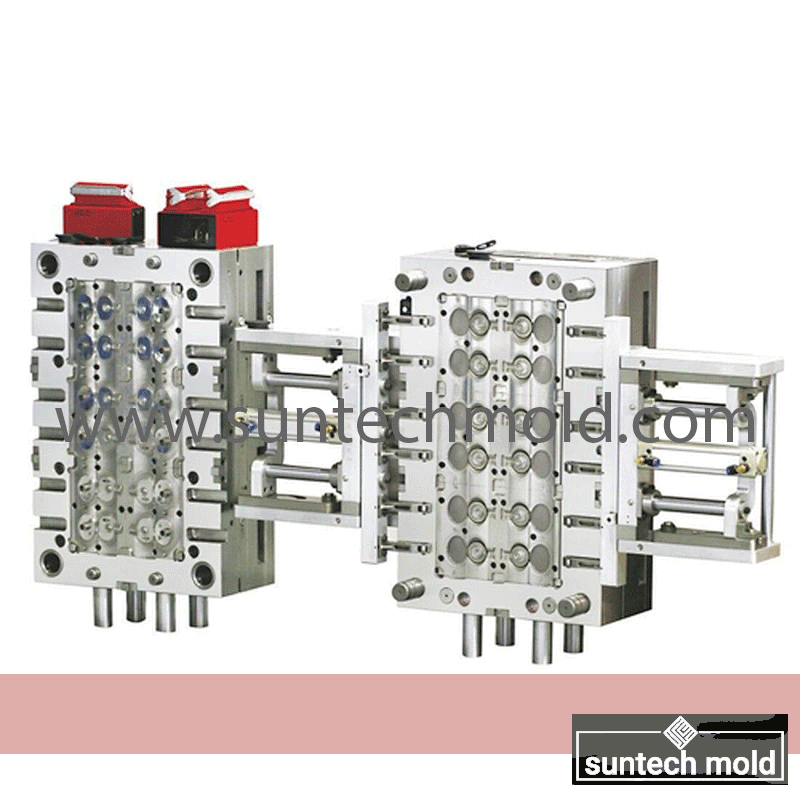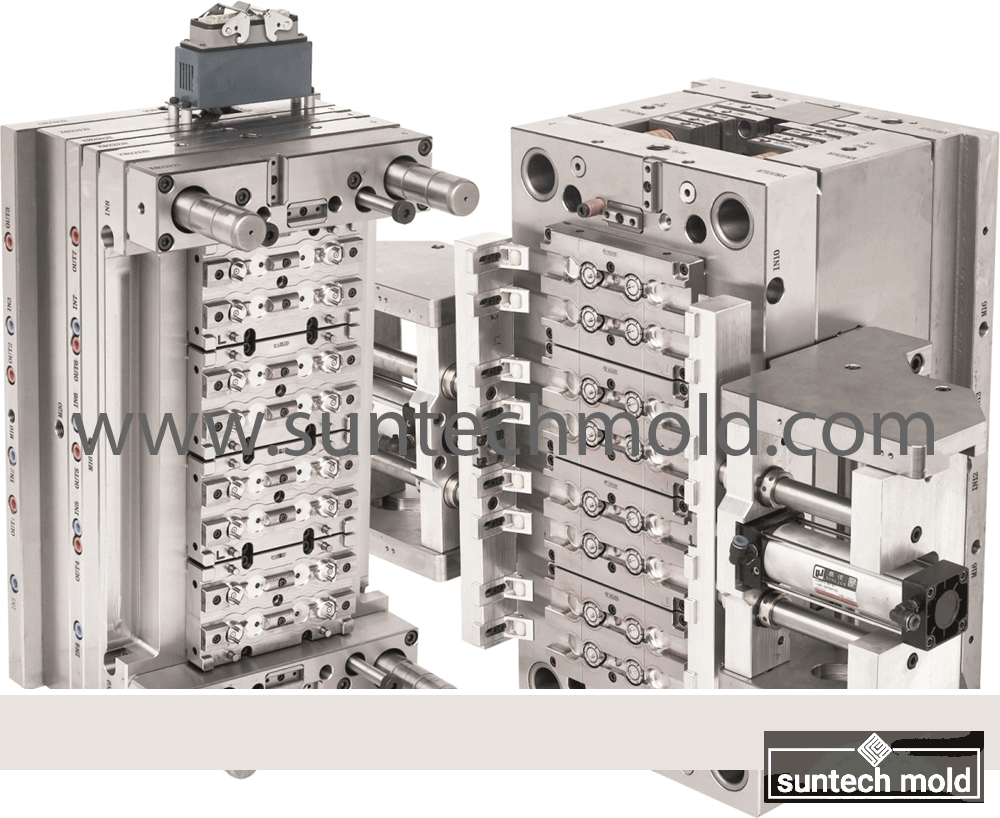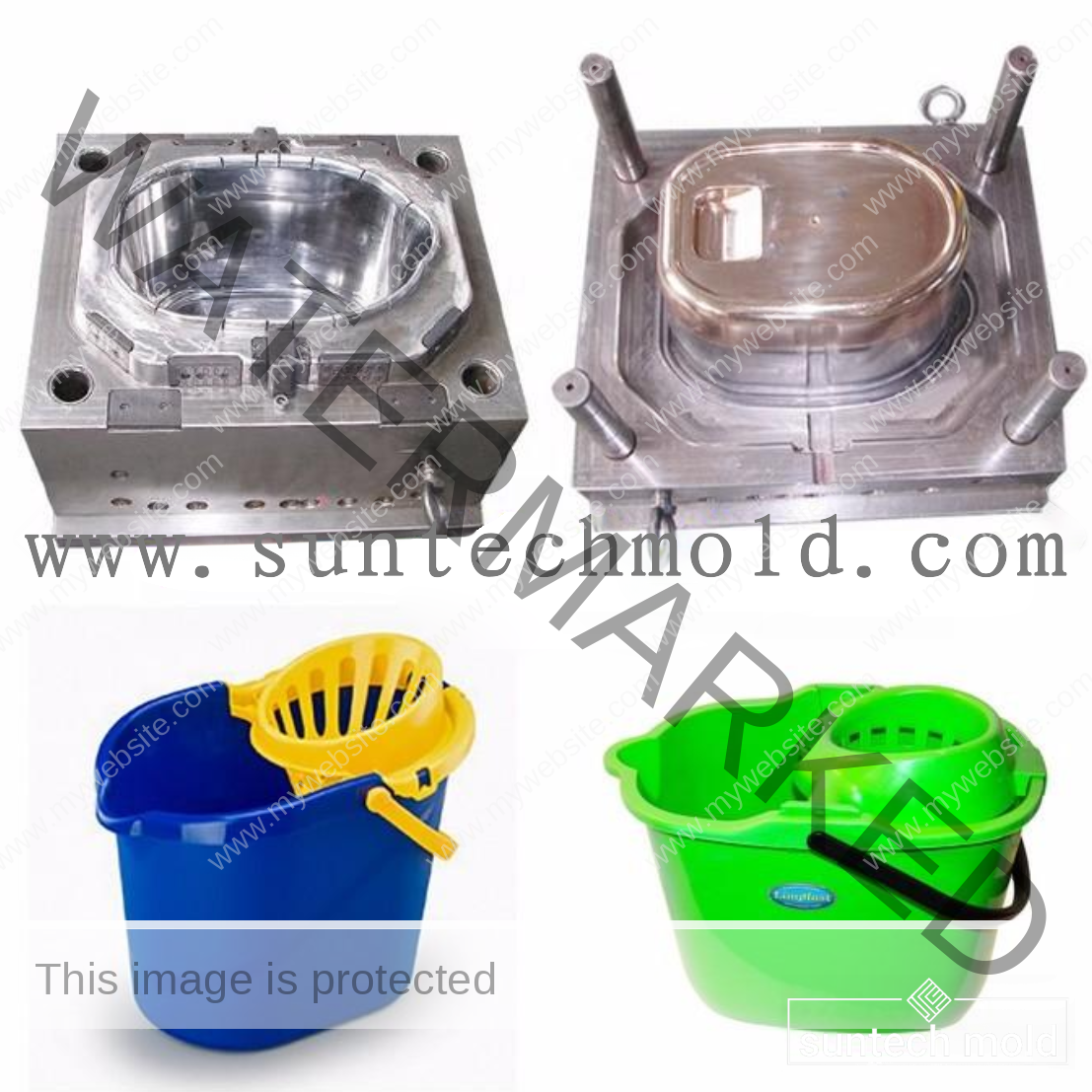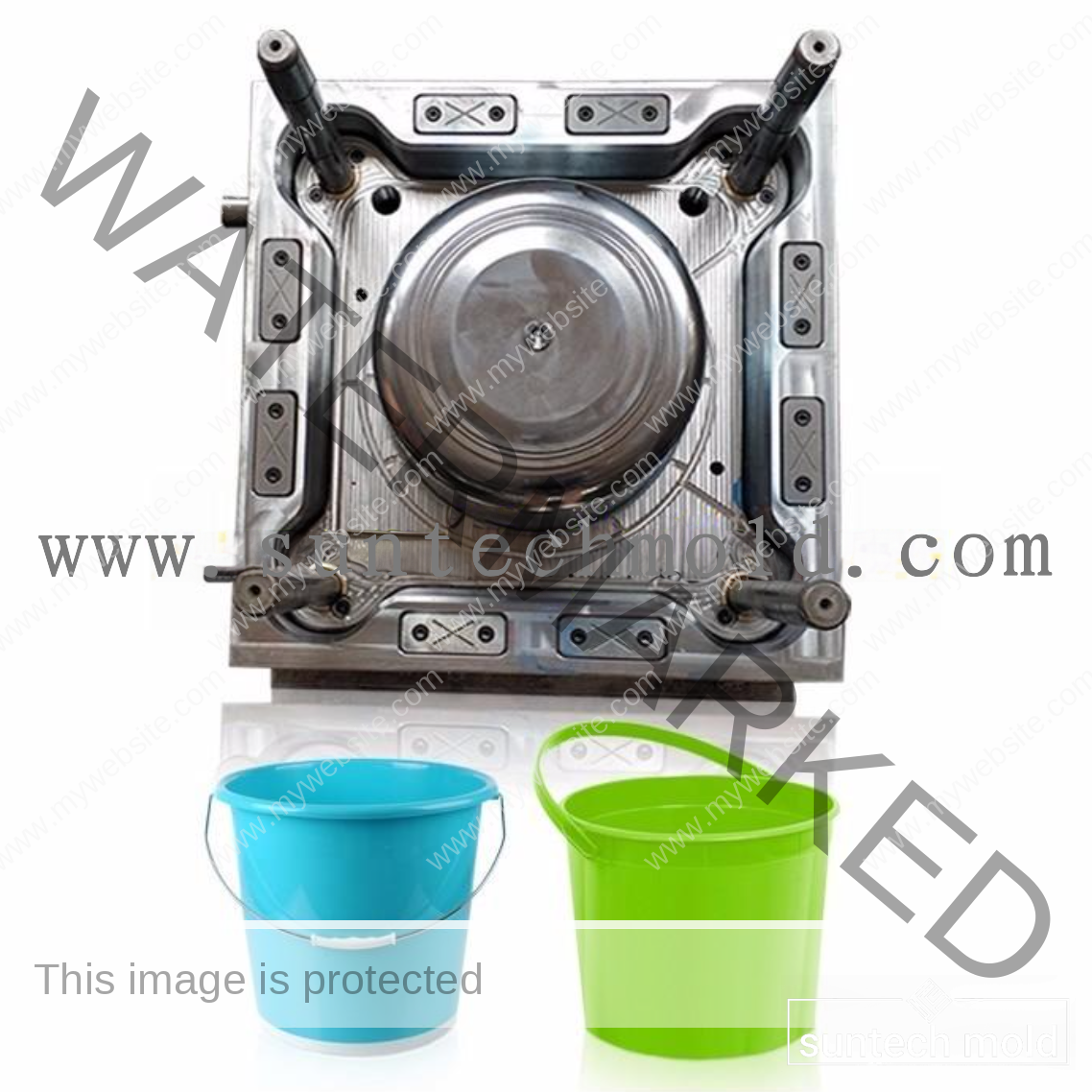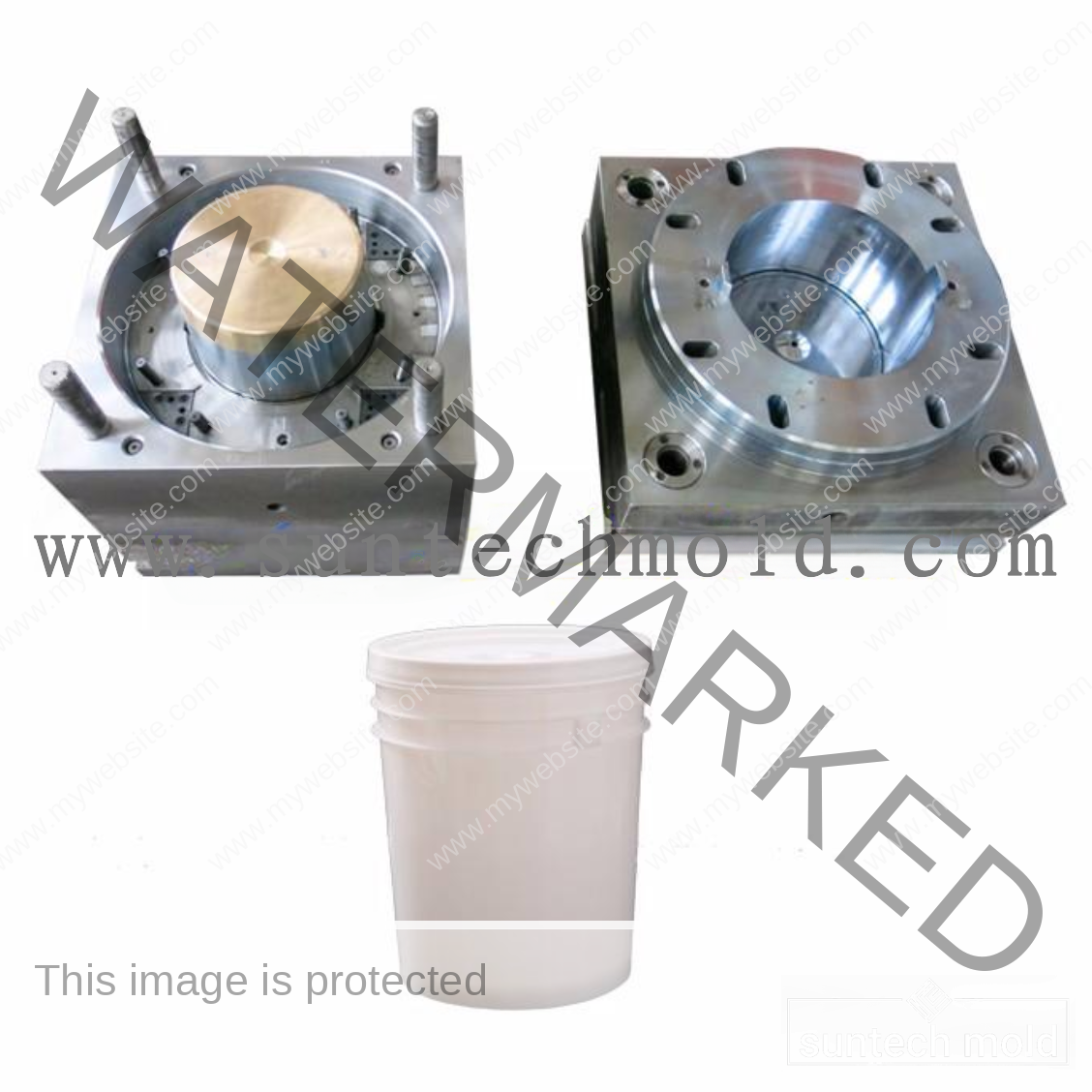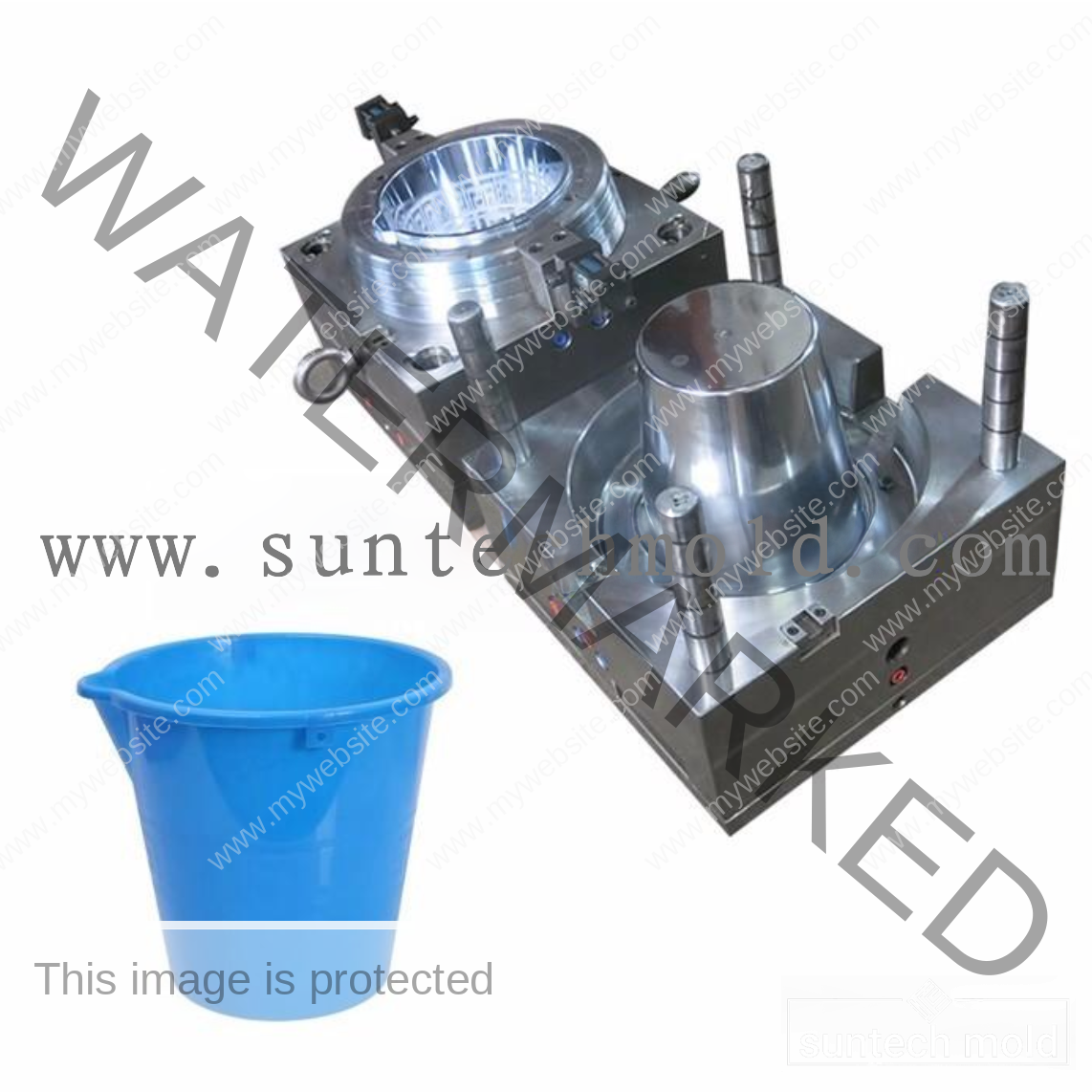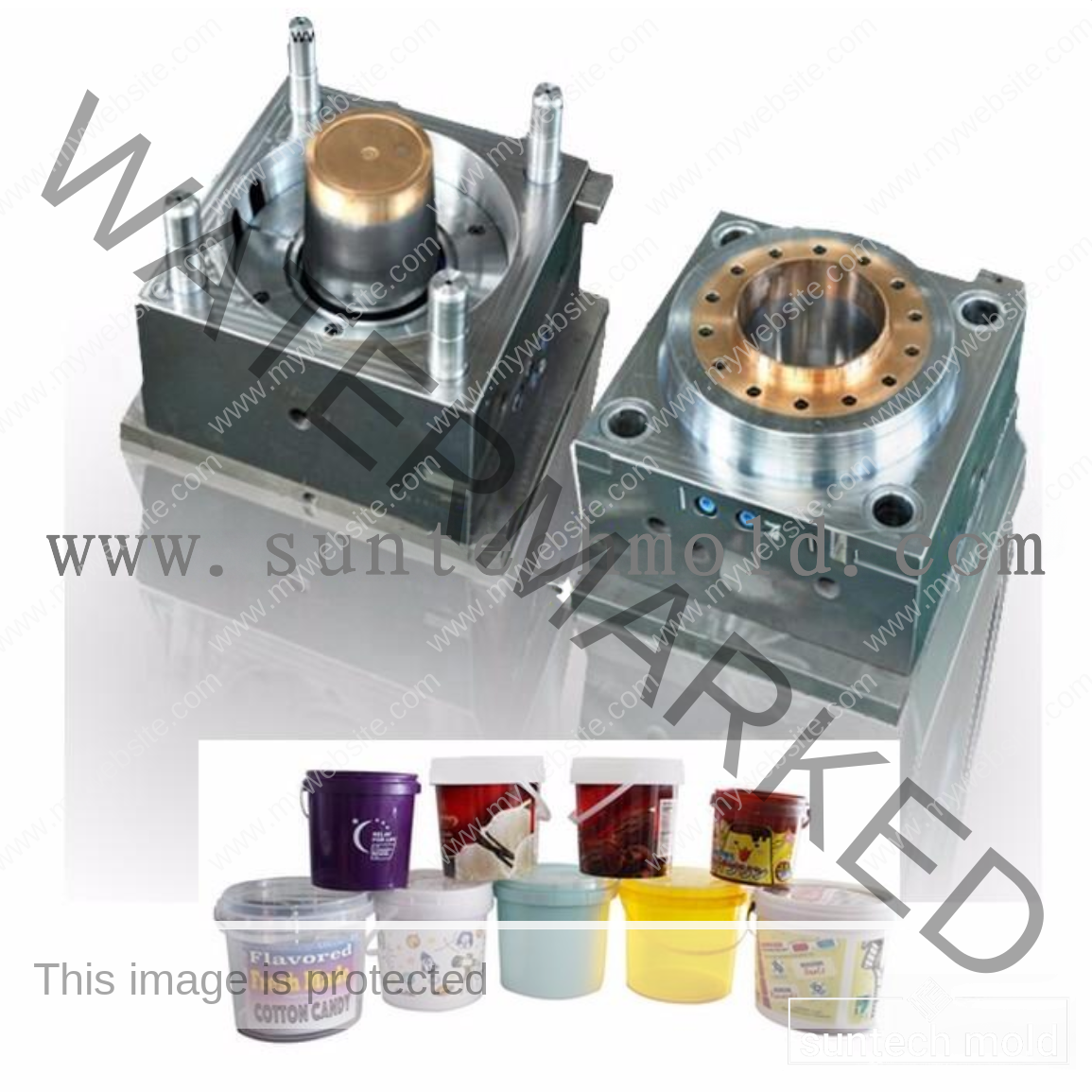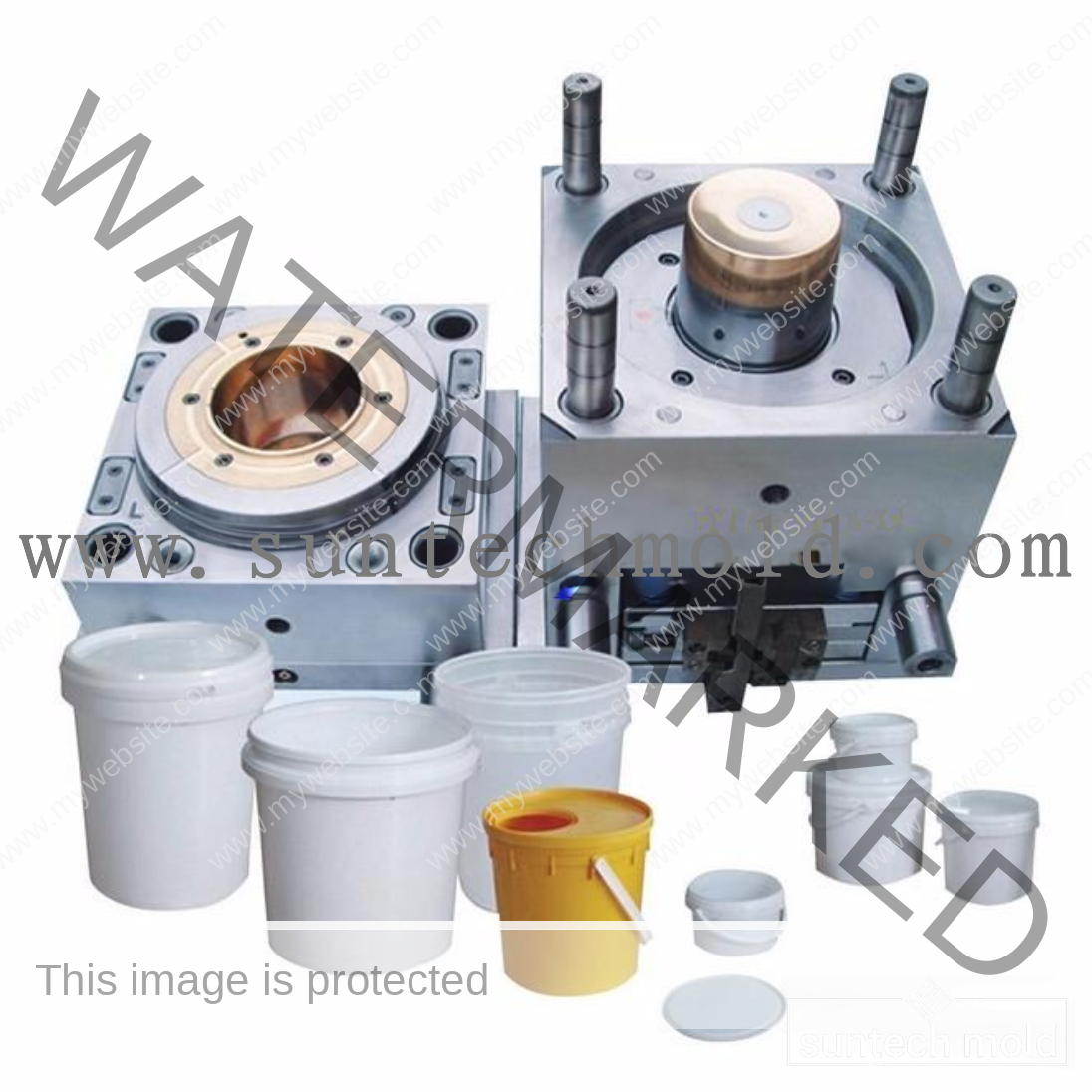When producing durable mop buckets, the following materials are ideal:
- High-Density Polyethylene (HDPE)
- Properties: Resistant to impact, chemicals, and UV light; lightweight yet strong.
- Benefits: Ideal for heavy-duty use in commercial settings; does not crack easily.
- Polypropylene (PP)
- Properties: Good chemical resistance and durability; flexible yet strong.
- Benefits: Lightweight and cost-effective, making it suitable for various cleaning environments.
- Polyvinyl Chloride (PVC)
- Properties: Resistant to moisture, chemicals, and abrasion; can be rigid or flexible.
- Benefits: Often used for specialized mop buckets that need to handle harsh cleaning agents.
- Rubber
- Properties: Flexible, durable, and resistant to wear and tear.
- Benefits: Provides a non-slip grip and is useful for components like handles or wheels.
- Stainless Steel
- Properties: Highly durable, resistant to rust and corrosion.
- Benefits: Often used for high-end mop buckets or in industrial settings where hygiene is critical.
- Reinforced Plastics
- Properties: Combines plastic with fibers (like fiberglass) for added strength.
- Benefits: Provides enhanced durability and resistance to impacts, making it suitable for heavy use.
Considerations for Material Selection
- Intended Use: Consider whether the mop bucket will be used in residential or commercial settings.
- Chemical Exposure: Assess the types of cleaning agents that will be used to ensure material compatibility.
- Weight and Maneuverability: Balance durability with ease of transport, especially for larger buckets.
By selecting the right materials based on these factors, you can produce mop buckets that are both durable and effective for various cleaning applications.

